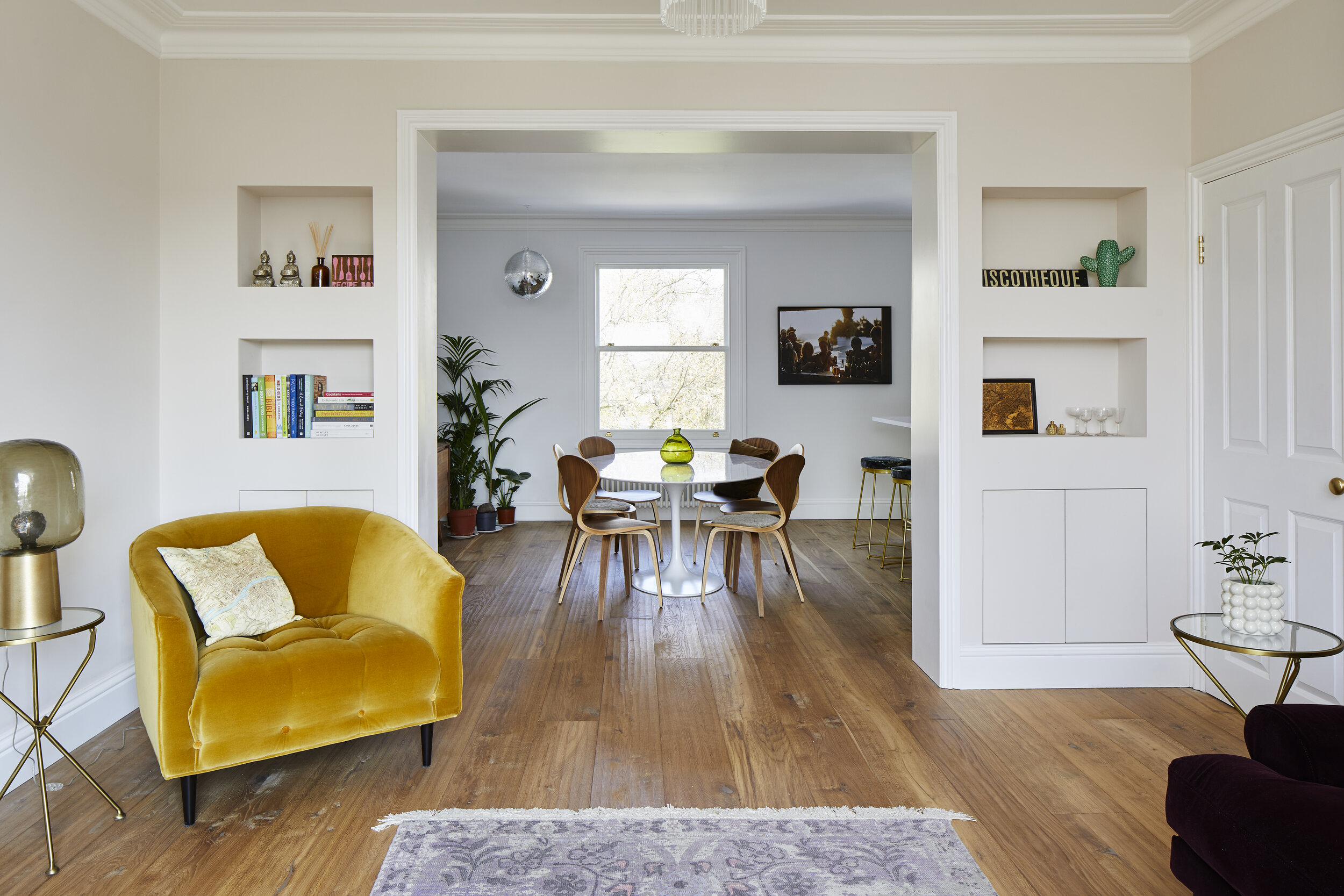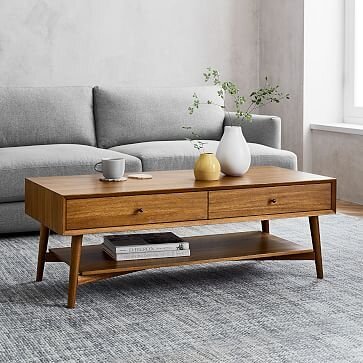Home Design Tips for the Absolute Beginner
Designing your home can be an incredibly exciting prospect but, with so many different things to think about, it can also feel daunting, overwhelming and complicated. It’s easy to quickly feel discouraged when things don’t go to plan, or when your beautiful design in your head doesn’t quite translate into reality. However, don’t panic! Here at LIV for Interiors, we’re here to help you with our handy guide on home décor tips for the absolute beginner.
First things first, you need a vision! You need to decide how you’d like your dream home to look – the style, the furniture, the accessories and so on. Yes of course, things change as you go through the process, but it helps to have a clear idea of how you’d like your finished space to be. Having this objective will help to create a plan of action for making your vision a reality.
You should also consider how much you’re willing to spend on the entire project, whilst also bearing in mind that decorating your home on a budget is possible – it just takes slightly more resourcefulness and creativity! Whether you’re looking to completely renovate, or just find smarter storage solutions, you need to ensure you’re able to make the most of your budget.
With all that said, here are our favourite pointers for creating your dream space…
Find Your Style
As we mentioned before, it’s important to find your own style. Every person is unique, so your ideal interior design will probably be different from your friends and family, which is completely OK.
There are so many different styles out there – from traditional to contemporary, from mid-century modern to farmhouse, and from bohemian to art deco.
For inspiration, flick through magazines, browse on Pinterest and scan the Internet for blogs and online articles. Save your favourite images, create moodboards, and then start browsing the shops for some key pieces to achieve the look.
For those on a budget, second-hand charity shops often sell good pieces of furniture for much cheaper, and our top tip is to check out Facebook Marketplace for a real bargain in your local area.
Choosing the Right Colour Palette
Choosing the right colour is really important as it provides the foundation for the entire feel of the home. If you have a lot of ideas running through your mind and you’re finding it difficult to commit to one, then consider whether you’d like to use warm colours, such as red or orange, or a cool palette, such as blue or green, within your home.
Alternatively, you might choose a completely neutral scheme using shades such as cream and grey. This provides a commitment-free way to incorporate colour into your home through the use of items such as cushions, pillows, blankets and other decorative accessories. You may go on to regret a bold statement wall, but you can always replace soft furnishings. In fact, thoughtfully chosen pops of colours will often be much more effective!
Having said that, fun wallpaper patterns and energising paint colours are a great way to express your personality and bring character to your home, so go for whatever feels right!
Finding Functional Furniture that Also Looks Good
Utilising space cleverly is a priority, especially in first-time homes where space may be at more of a premium. Multi-purpose furniture is a good option for more compact spaces, such as a sofa bed, or a table with drawers, and so on.
Also, in the interest of saving money, don’t worry about buying a new matching set of furniture. It’s more visually interesting to have a variety of different, though complementary, pieces juxtaposed throughout your home. For example, a dining chair with mismatched chairs is a quirky, characterful look that will add personality to your home. It’ll also save you pennies!
Another clever way to make your budget last longer is to try your hand at upcycling: find second-hand pieces that you can sand down and paint to provide a new lease of life. This method is great for creating pieces that look exactly how you like!
How to Decide on Flooring
Most interior designers will say that your starting point should always be your flooring.
If you’re in a position where you’re able to update your flooring, then consider that this might be one way to provide a fresh update to your space. There are many options out there from solid wood to practical laminate to beautiful tiles.
If you’re on a stricter budget, or you don’t need to update the floors, adding a rug is a quick and easy way to add colour, texture and warmth to a space while also allowing for a comfortable surface to walk and sit on.
How to Choose the Right Lighting
You’ll want to ensure that your home is bright and welcoming and, to check that you’re maximising the light available and choosing the right artificial lighting to light up dark corners, you’ll need to evaluate the amount of natural light the room gets everyday.
A good trick is to layer your lighting so that the space is lit up from different levels and sources e.g. floor lamps, table lamps, wall sconces and even glowing candles for a more inviting and comforting ambience.
To maximise the natural light, be sure to incorporate a range of mirrors into your design to reflect it throughout your space.
DIY Personalised TouchES and Accessories
Blankets, cushions and decorative objects should provide the final finishing touches to your new space, and will give you the opportunity to personalise every room with interesting items that reflect your style and personality.
These might be things such as coffee table books, photographs or a sentimental item that you’ve brought home from abroad.
Plants are one of the most versatile ornamental objects that you can have in your home and bring a lovely natural touch indoors.
A home is an expression of who you are. DIY personalised items are usually the most interesting to look at, and will engage your visitors too.
Use dream catchers, hand painted vases or even artwork to provide a homemade touch.





















